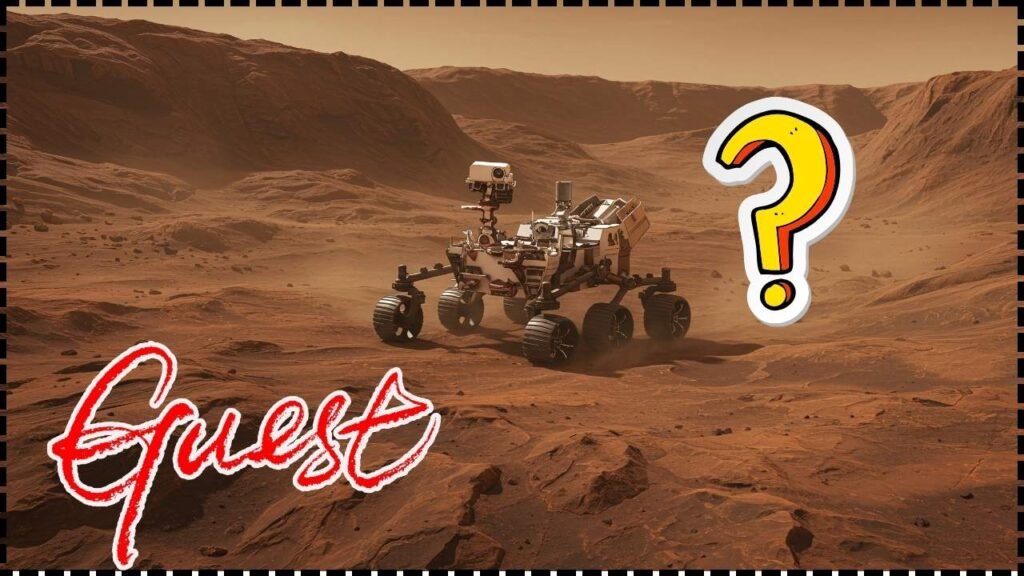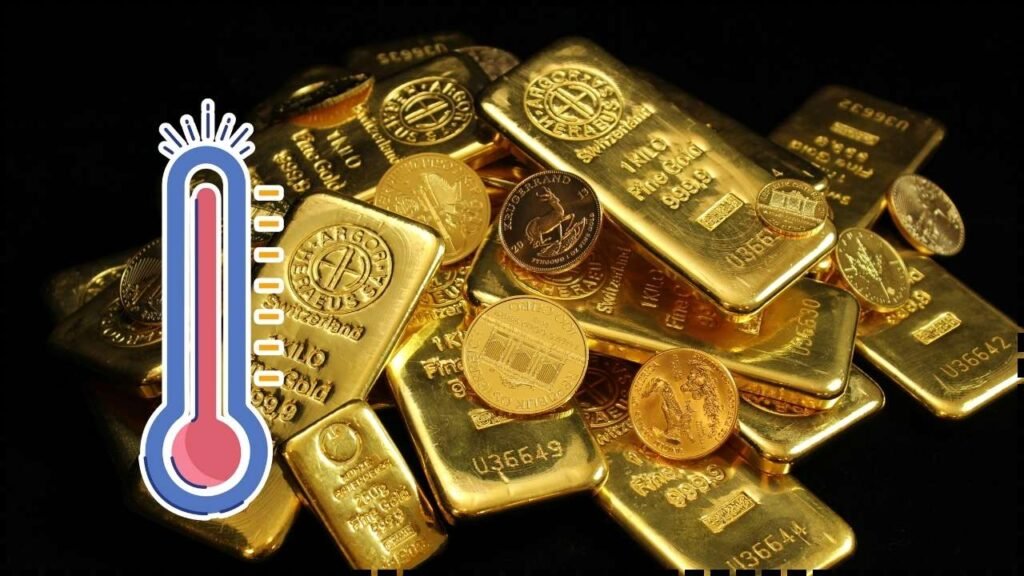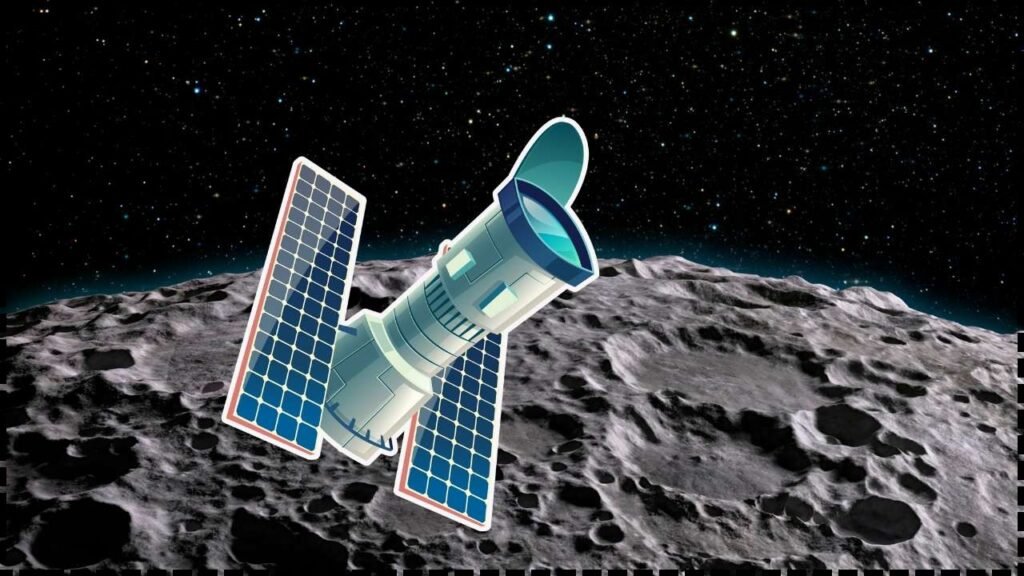The Titanic Discovery Was a Lie? When people talk about The Titanic discovery, most picture the moment in 1985 when Robert Ballard’s cameras revealed the ship’s broken hull on the Atlantic seabed. It was one of the most iconic finds in history. But here’s the kicker—behind the discovery was a top-secret Cold War mission. Yep, no exaggeration. The Titanic was really found, but the expedition doubled as a U.S. Navy operation to inspect two sunken nuclear submarines. So, was the Titanic discovery a lie? Not exactly—but the public didn’t get the whole truth until decades later.
The Titanic Discovery Was a Lie?
So, was The Titanic discovery a lie? Not really. The wreck was truly found, but the mission was tied to Cold War Navy operations. This story reminds us that history is never simple. Sometimes, great discoveries hide layers of secrecy, strategy, and politics. Whether you’re a student, a history buff, or a professional leader, the Titanic saga shows how innovation, perseverance, and storytelling can reshape our world.
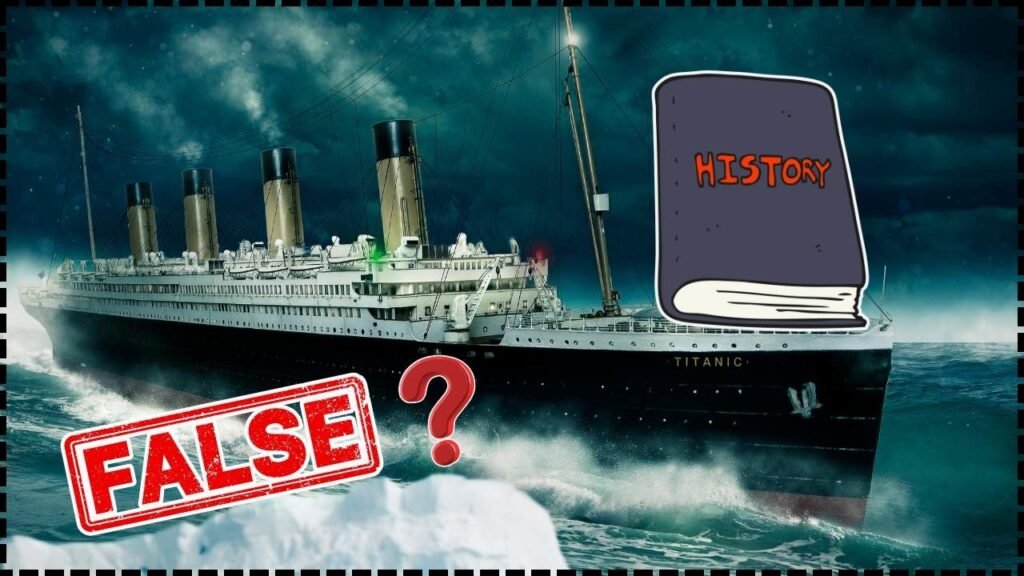
| Topic | Details |
|---|---|
| Year of Titanic Discovery | 1985 |
| Who Found It | Robert Ballard & French oceanographers (IFREMER) |
| Hidden Mission | Survey of U.S. nuclear subs USS Thresher & USS Scorpion |
| Why Secret | Cold War nuclear fears & reactor safety |
| Actual Lie? | Titanic was genuinely found; secrecy was about Navy’s involvement |
| Timeline | 1912 sinking → 1963 Thresher lost → 1968 Scorpion lost → 1985 Titanic found → 2008+ truth revealed |
| Official Reference | U.S. Navy Website |
Titanic: The Ship of Dreams and Disaster
Before diving into Cold War secrets, let’s rewind. Titanic was the largest ship afloat in 1912—nearly 883 feet long and dubbed “unsinkable.” On her maiden voyage from Southampton to New York, she struck an iceberg on April 14, 1912, and sank in under three hours. More than 1,500 lives were lost.
The wreck remained hidden for 73 years. Countless explorers tried to find it, but the technology of the time couldn’t handle the 12,500-foot depth and immense pressure. Ballard’s breakthrough in the 1980s finally changed that.
The Cold War Angle: Why the Navy Cared
Fast-forward to the 1960s. The U.S. Navy lost two nuclear subs:
- USS Thresher (1963): sank during deep-diving tests; 129 dead.
- USS Scorpion (1968): disappeared in the Atlantic; 99 dead.
Both were nuclear-powered and carried sensitive military technology. At the height of the Cold War, the Navy worried that the Soviets might try to recover them or that the reactors could leak radiation into the ocean.
Robert Ballard had a dream to find Titanic, but expeditions were expensive. The Navy struck a deal: “Check on our subs first. Then, if you’ve got time left, search for Titanic.”
The Titanic Discovery Was a Lie?: Not Luck, But Strategy
Ballard’s method wasn’t just luck—it was genius. While studying the submarine wrecks, he noticed debris fields scattered along the ocean floor. Instead of searching for one large wreck, he followed these trails.
He applied the same logic to Titanic. On September 1, 1985, Ballard and the French team found the ship’s boilers first, then its broken hull. Titanic had split in two, lying about 1,970 feet apart.
When the images of the rusting giant flashed on TV, the world was stunned. But nobody outside the Navy knew the mission’s secret half.
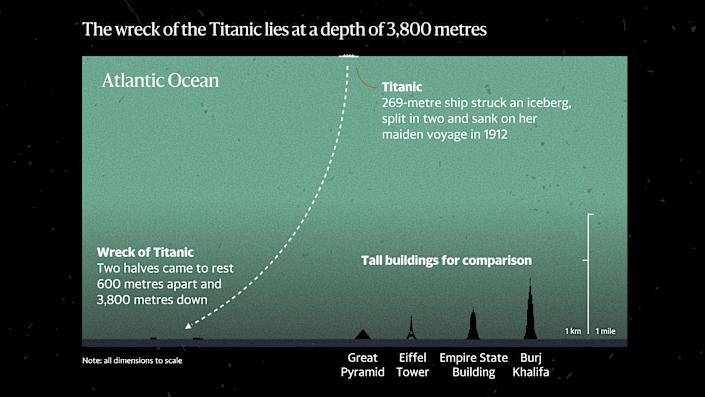
Voices From the Past
- Robert Ballard (Explorer): “I always knew I’d have time to look for Titanic, but my first mission was to survey the Thresher and Scorpion. That was the deal.”
- William Broad (Science Journalist, New York Times): “Ballard’s story shows how Cold War priorities shaped even the greatest discoveries.”
- James Cameron (Director, Titanic): “Ballard opened a time capsule. The Navy’s involvement doesn’t diminish the wonder of it—it just adds another layer.”
Detailed Timeline of Events
- 1912: Titanic sinks; over 1,500 die.
- 1963: USS Thresher sinks during deep-dive tests.
- 1968: USS Scorpion lost in Atlantic.
- 1970s: Ballard develops deep-sea imaging tech.
- 1982: Ballard pitches Titanic mission; Navy agrees with submarine condition.
- 1985: Titanic discovered by Ballard and French partners.
- Late 1980s–1990s: Titanic becomes a global media phenomenon.
- 2008+: Ballard reveals the Navy’s hidden role after declassification.
Cultural Legacy: Why We Can’t Let Go of Titanic
Even before the wreck was found, Titanic had become a cultural legend. Survivor stories, books, and songs kept the memory alive. But Ballard’s discovery reignited global obsession.
- The 1997 movie “Titanic” by James Cameron grossed $2.2 billion worldwide.
- Titanic museums in Belfast (Ireland) and Tennessee (USA) attract millions of visitors.
- Titanic artifacts, like a violin played during the sinking, have sold for hundreds of thousands of dollars.
The story blends romance, tragedy, and technology—a perfect storm for history lovers and Hollywood alike.
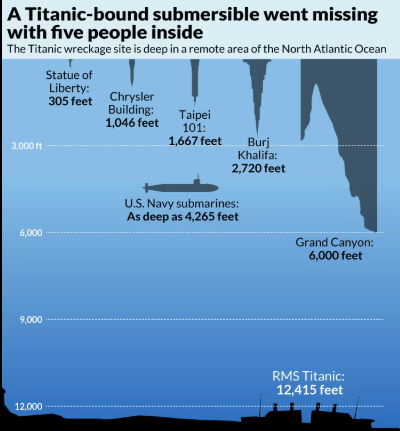
Technology That Changed the Game
Ballard’s discovery wasn’t just about luck or timing. It was powered by cutting-edge Cold War tech:
- Towed sonar sleds (Argo): captured images from the seafloor.
- Remotely operated vehicles (Jason Jr.): sent back live video.
- Debris field method: pioneered from submarine wreck studies.
Today, these methods influence deep-sea exploration, offshore drilling, and even underwater archaeology.
Environmental and Ethical Questions
The Titanic wreck is more than a ship—it’s a grave site. That raises hard questions:
- Should tourists dive to Titanic, paying $100,000+ per ticket?
- Is artifact recovery preserving history or disturbing a memorial?
- What happens to nuclear wrecks like Scorpion in the future?
Many experts argue for preservation over exploitation, and international treaties now limit salvage operations at the site.
Professional Takeaways On The Titanic Discovery: Lessons From the Discovery
1. Align Passion With Purpose
Ballard got his dream funded by tying it to Navy needs. For professionals: align passion projects with organizational goals to unlock support.
2. Innovate Under Pressure
Deep-sea cameras and sonar weren’t mainstream in the 1980s. Ballard pushed the tech envelope, a reminder that adopting new tools early can change the game.
3. Control the Narrative
The Navy framed the mission as a civilian discovery. In business, how you tell your story often matters as much as the results.
4. Transparency vs. Security
Secrecy was necessary during the Cold War, but eventually the truth came out. Today’s leaders must balance confidentiality with trust-building.
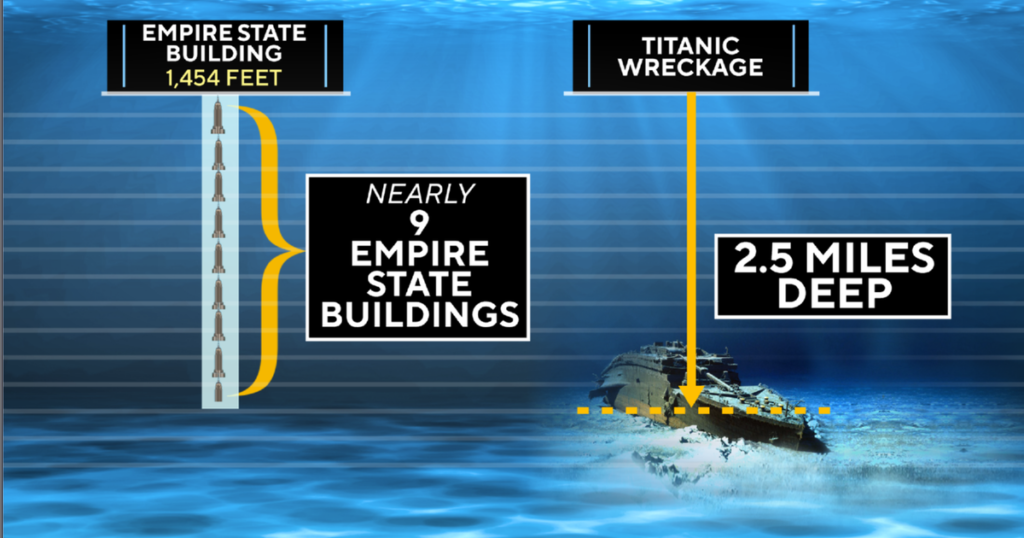
Facts, Stats, and Sources
- Titanic lies 370 miles southeast of Newfoundland, Canada.
- Over 70 expeditions have visited Titanic since 1985.
- More than 1.5 million tons of iron are slowly rusting away as “rusticles.”
- The Thresher disaster remains the deadliest sub accident in U.S. history.
- Cold War submarine warfare consumed 40%+ of the Navy’s budget in the 1960s–1980s.
The $8.4 Billion Discovery That Could End America’s Reliance on Foreign Powers.
Neither Stone Nor Bone – World’s Oldest Wooden Structure Found in Zambia Stuns Archaeologists



